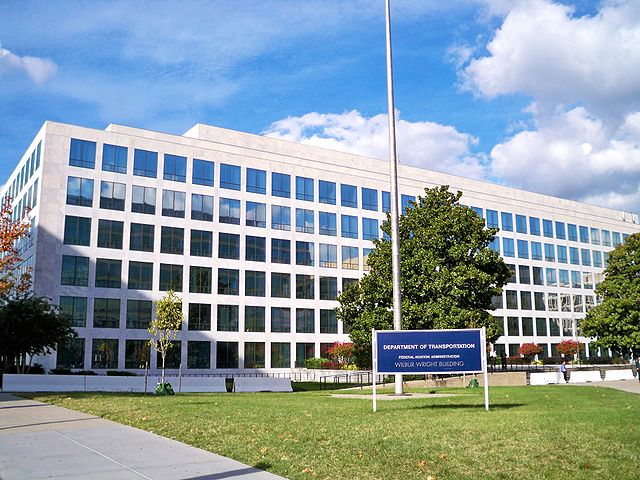
WASHINGTON — The Federal Aviation Administration plans to revamp oversight of airplane development after the two deadly crashes of Boeing’s new 737 Max raised questions of whether the FAA has gone too far in letting companies regulate themselves, a Transportation Department official said Wednesday.
For decades, the FAA has delegated some authority for certifying new aircraft to the manufacturers themselves, reducing government costs and, defenders say, speeding the rollout of new models.
But in the wake of the air disasters in Ethiopia and Indonesia over less than five months, that practice has been seized on as evidence of an overly cozy relationship between the FAA and the industry.
The self-certifying practice, called Organization Designation Authorization, came under scrutiny Wednesday at a Senate subcommittee hearing that featured testimony by the acting FAA administrator, the Transportation Department inspector general, and the chairman of the National Transportation Safety Board.
Inspector General Calvin Scovel III said the FAA plans to significantly revamp its oversight of aircraft development by July. He gave few details in his opening statement but said the changes would include new ways to evaluate training and self-audits by aerospace companies.
Under the self-certifying program, employees of aircraft manufacturers perform tests and inspections that their companies need to win safety approvals, with the FAA overseeing that work.
Sen. Richard Blumenthal, D-Conn., said at the hearing that delegating safety work to the companies puts “the fox in charge of the henhouse.”
“The fact is that the FAA decided to do safety on the cheap, which is neither safe nor cheap,” Blumenthal said. He vowed to introduce legislation to change the system.
The FAA and the industry say it is a collaborative approach to safety that is vindicated by the U.S. safety record — one passenger accident death in the last 10 years and millions of flights. Acting FAA Administrator Daniel Elwell said the strategy has “consistently produced safe aircraft designs for decades.”
Elwell said the FAA would need 10,000 more employees and an additional $1.8 billion a year to do all the work now done by designated employees of the companies it regulates. Deputizing private employees to do safety-related tasks is “part of the fabric of what we have used to become as safe as we are today,” he said.
In Seattle, Boeing said the process by which it designs, develops and tests planes has led to safer and safer air travel, and it sees no need for an overhaul.
The Max, featuring bigger, more efficient engines and a new automated flight-control system that has now come under suspicion in both air disasters, went into service in 2017.
Transportation Secretary Elaine Chao, who oversees the FAA, has asked Scovel to look into the way the agency certified the 737 Max as airworthy. At the same time, the Justice Department is investigating possible criminal violations involving the airliner’s certification.
Sen. Ted Cruz, R-Texas, who chaired the hearing, said the “close relationship between industry and regulators” threatens to erode the confidence of the flying public.
Elwell also said Boeing submitted an application on Jan. 21 spelling out changes it planned to make to crucial flight-control software on the 737 Max — the system suspected of playing a role in the Oct. 29 crash of a Lion Air jet in Indonesia and the March 10 plunge of an Ethiopian Airlines Max. In all, 346 people died.
The Transportation Department watchdog also plans to examine the widespread use of automated systems to fly airplanes, to look into whether the FAA is making sure airlines are adequately training pilots to handle situations when such features fail. The inspector general is also looking into why the FAA was the last safety regulator in the world to ground the plane after the second crash.
Elwell defended the FAA’s decision, as he has before, by saying it acted as soon as “refined” tracking data indicated that the flight path of the Ethiopian plane was similar to Lion Air’s. Previous data about the Ethiopian flight path, he said, was “unreliable.”
Multiple investigations into the 737 Max crashes are focusing on the new automated system that can push the plane’s nose down to prevent an aerodynamic stall.
Meanwhile, in Seattle, Boeing’s vice-president of airplane development, Mike Sinnett, briefed reporters on changes that the company is making to the flight-control system and pilot training. He repeated Boeing’s confidence in the safety of the Max.
“We are working with customers and regulators around the world to restore faith in our industry and also to reaffirm our commitment to safety and to earning the trust of the flying public,” Sinnett said.
Boeing also invited about 200 pilots from several airlines to its Seattle-area facility to explain to them the changes in the Max.